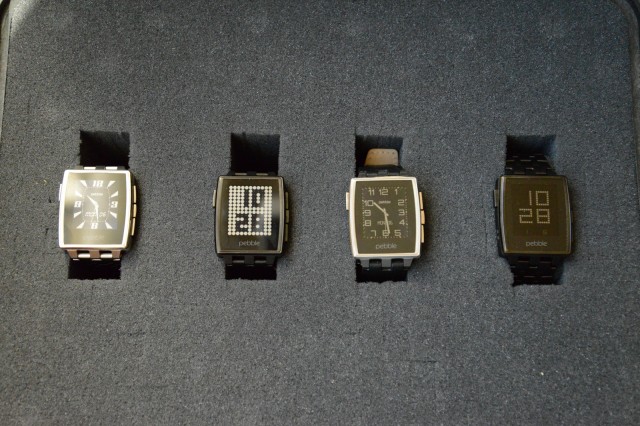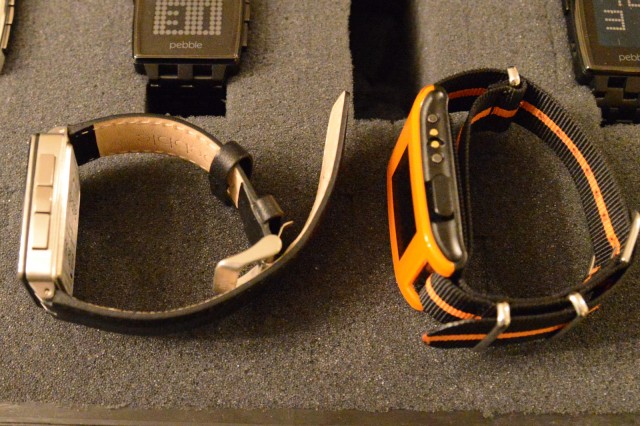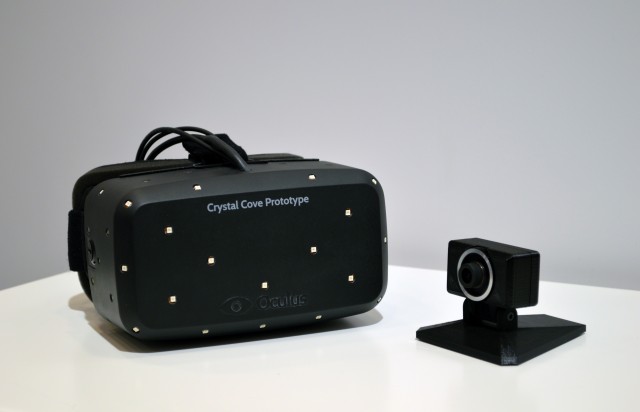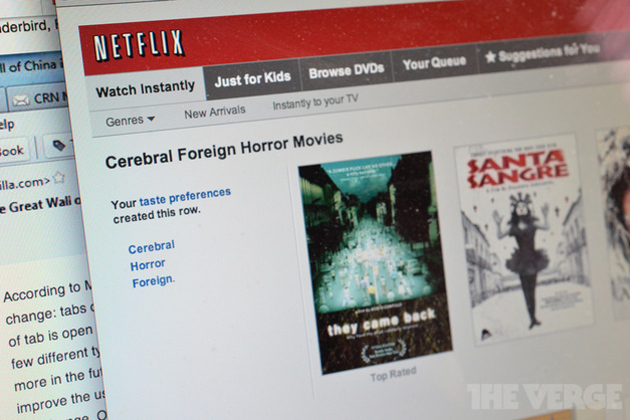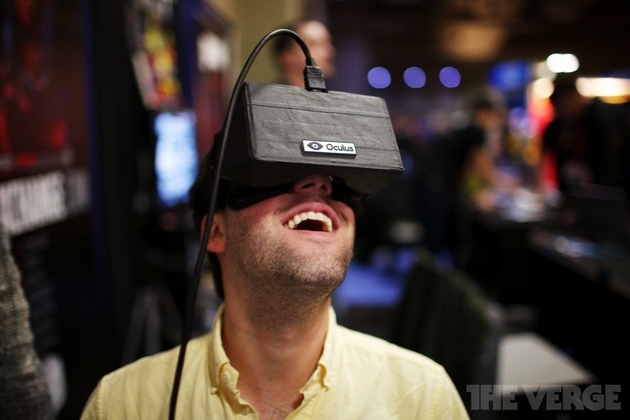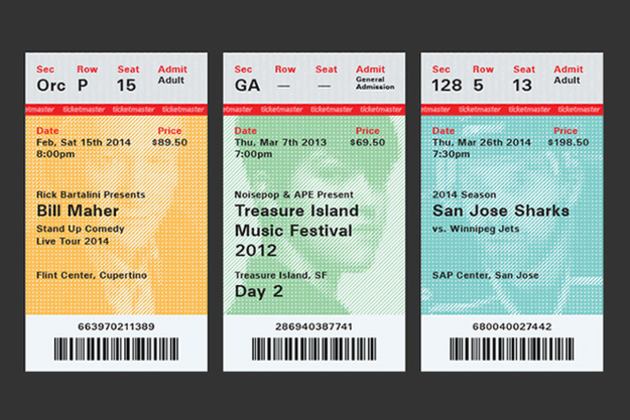Famous Subway Maps, Reimagined as Vintage Super Mario Brothers Games
// Latest Posts | The Atlantic Cities
Combining the systematic designs of urban transit systems with a bit of 1980s video gaming nostalgia, graphic designer Dave Delisle of Dave's Geeky Ideas has designed a series of metro maps implanted into the aesthetic of the classic video game Super Mario Brothers 3—which the designer has labeled "Mariotography."
In Delisle's schematics, graphic designer Lance Wyman's famous map of the D.C. metro, among other famous designs, are retrofitted with the video game's archetypal 8-bit landscapes of toadstools, Koopa Troopas, and, of course, Peach's Castle. Imagine traversing the Forest of Illusion while heading to downtown Montreal!

Métro de Montréal
While circles and shapes often indicate transfer stations and terminals on many subway maps, the recognizable symbol for Super Mario World's dungeons and Princess Peach's Castle—the immediately recognizable impetus for Mario's journeys—are substituted for the former and the latter. On a few station terminals, you can see the familiar SOS speech balloon from Peach herself. The famous green plumbing pipes that allow Mario to traverse between levels in the video game stand in as symbols for connecting commuter rails.

Washington Metro
Delisle also translates the logos of city transit systems to fit with the aesthetic, as though each system is the name for different Mario world. The Washington Metro becomes "Super Metro," Atlanta's MARTA features its tri-color stripes and the confident Mario iteration used when completing a level, while Portland's Tri-Met light rail dons the sizzling Fire Flower.

San Francisco BART
For San Francisco's BART system, Delisle changes the design entirely to that of Super Mario Kart to cleverly layout the routes of MARIO BART.

Toronto TTC/Subway RT
Delisle's highly-detailed maps have been a smash with both gamers and designers, spawning similar versions of the New York City Subway, Chicago "L", and the London Underground. They also have us wondering what the automated voices on subways cars would say for each: "Take the Orange Line to battle Bowser"? "Transfer here for Mushroom Kingdom"?
Dave Delisle's designs are available for purchase as posters on his website.
Portland TriMet
Atlanta MARTA
Calgary C-Train
This post originally appeared on Architizer, an Atlantic partner site.

